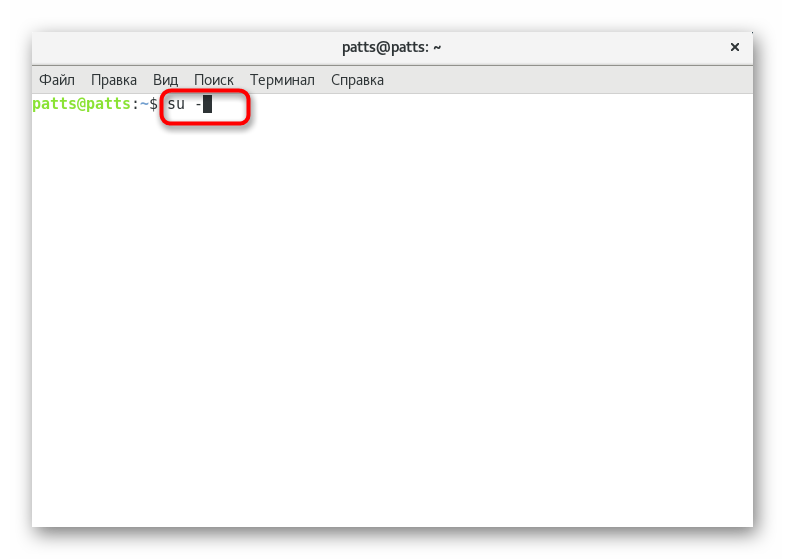
#SUDO NOT FOUND DEBIAN 8 INSTALL#
Now, install sudo with apt-get install sudo. Thanks! All content created by Manuel Ignacio López Quintero under this license. Enable sudo on an user account on Debian Start becoming superuser with su. If all goes well you'll see on screen Hello, world!.ĭo you like this article? Share it with this link. Open a terminal and run sudo echo 'Hello, world!', enter your user password and that's it!.Update your system: sudo apt update & sudo apt upgrade -yuf.

Now, log out and then log in with the same user. This step is not necessary to get a working SELinux installation.The simplest way to use it is to simply run: su - This will ask you for the root user's password, at which point you should probably apt install sudo, log out of the root shell, and then proceed as normal. Add the user account to the group sudo with /sbin/adduser username sudo. If indeed sudo is not available, you need as you surmised to use su, but it does not work in the same way as sudo.During installation Ive set up root password and Ive set up user with his own password. Now, install sudo with apt-get install sudo. 6 Ive recently installed Debian 9 and encountered the following error.For more custom, visit the Debian Wiki of 'sudo'.Īt first, login to an user account and open a terminal to execute the following commands: 2 Answers Sorted by: 5 sudo is not installed on Debian by default.

In this tutorial you allow an user account have all the privileges with sudo. There are many benefits of using it instead of su so it's important enable sudo in an user account. The command sudo allows you running programs with the security privileges of another user (commonly root). Thanks! Enable 'sudo' on an user account on Debian

Enable 'sudo' on an user account on Debian - Manuel Ignacio López Quintero Manuel Ignacio López Quintero Home | Archiveĭo you like this article? Share it with this link.


 0 kommentar(er)
0 kommentar(er)
